Out of the depths
Archaeologists were caught up in a race against time as they tried to unearth sunken treasure ditched in the Minjiang River by a 17th-century rebel leader.
The search for hidden treasure has been one of the most intriguing, dramatic stories in human history. Rumors of the locations of buried fortunes have inspired countless film and TV dramas over the years, and have even acted as a reference point for archaeologists.
In the historical town of Jiangkou, Sichuan province, a rumor has circulated for centuries among the locals about how a 17th-century rebel leader sank caskets of treasure into the Minjiang River, which runs across the town, at a critical point during one battle.
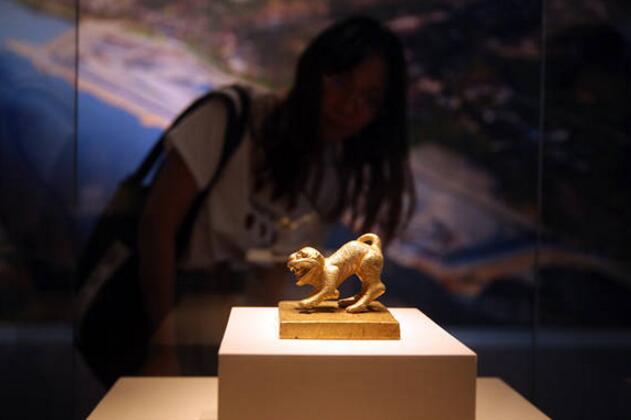
The ongoing exhibition, Sunken Treasures in Jiangkou Battlefield, at the National Museum of China, features a selection of artifacts excavated from the Minjiang River in Sichuan province that are believed to be the site where 17th-century peasant-uprising leader Zhang Xianzhong abandoned treasures while losing the war. [Photo by Jiang Dong/China Daily]
Historical records also briefly mention that treasure was abandoned by Zhang Xianzhong, a rising leader in the peasant revolts amid the collapse of the Ming Dynasty (1368-1644) who occupied Sichuan-but no details of the exact location were ever given.
One widely spread tale says that the valuables were buried in a section of the river near to "a stone tiger and a stone dragon", and that anyone who recovered them could buy all the land covering Chengdu, the provincial capital, a short distance from Jiangkou.
After interviewing residents in Jiangkou, archaeologists tracked down the crouching tiger and hidden dragon at a village called Shilong (stone dragon) in the district of Jiangkou, which was connected to the Minjiang River by a ditch that ends at a cliff bearing a carving of a flying dragon.
While their efforts fell short of pinpointing the precise location of Zhang's lost fortunes. Armed with the latest technology, the archaeologists spent 98 days in early 2017 unearthing more than 30,000 artifacts from the river.
Their discovery verified that when Zhang's fleet battled an army led by a Ming general on the river, he was forced to relinquish the wealth on board. Furthermore, it was clear that the items dragged up from the depths would help modern-day researchers examine further the social, political and military situation during the late Ming to early Qing (1644-1911) dynasties.
Their surprising findings immediately ranked in the top 10 Chinese archaeological discoveries of 2017. And now a selection of the artifacts from the same excavation and a subsequent dig earlier this year are being shown at the National Museum of China until Sept 26.
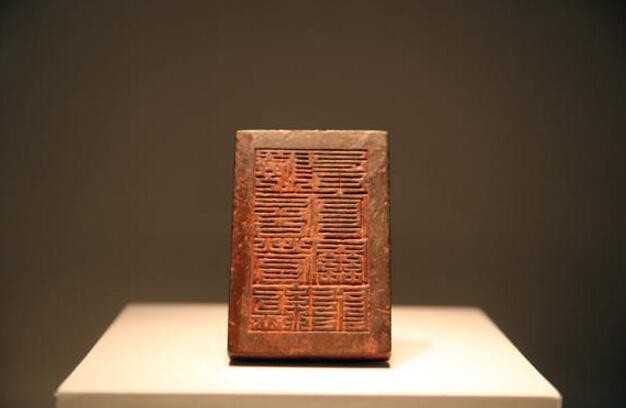
The ongoing exhibition, Sunken Treasures in Jiangkou Battlefield, at the National Museum of China, features a selection of artifacts excavated from the Minjiang River in Sichuan province that are believed to be the site where 17th-century peasant-uprising leader Zhang Xianzhong abandoned treasures while losing the war. [Photo by Jiang Dong/China Daily]
The exhibition, titled Sunken Treasures in Jiangkou Battlefield, opened a series at the national museum dedicated to recent important archaeological findings. A second exhibition is currently displaying a plethora of jade objects and pottery found at a neolithic site belonging to the Dawenkou culture near the city of Jinan, Shandong province. A third exhibition shows an impressive range of artifacts from the Sanxingdui, Jinsha and Qingyanggong sites in Chengdu, which will shed light on the mysterious ancient State of Shu, an era that spanned from the 18th century BC to the second century BC.
When archaeologists began work at Jiangkou in January 2017, a cofferdam had been built to enclose an area of nearly 10,000 square meters where the river water had been pumped out.
"Many people living nearby said it was the first time they ever had seen the riverbed," says Gao Dalun, director of the Sichuan Provincial Cultural Relics and Archaeology Research Institute, who oversaw the excavation. "They said the excavation seemed more interesting than the treasures to be found."
Archaeologists were keen to solve this historical riddle, but found themselves in a race against time as they had just three months to complete their work while the water levels of the Minjiang River were at their lowest. They also had a hard time fending off thieves attempting to steal the relics.
While most of the objects on display were unearthed during excavation work, other items were retrieved from a crackdown on organized artifact smuggling months before digging began.
Police smashed a well-equipped gang who made several dives in the Minjiang and recovered hundreds of gold and silver objects. Historians identified them as part of Zhang's sunken treasure trove, including a gold stamp with a tiger-shaped handle that weighed several kilograms.
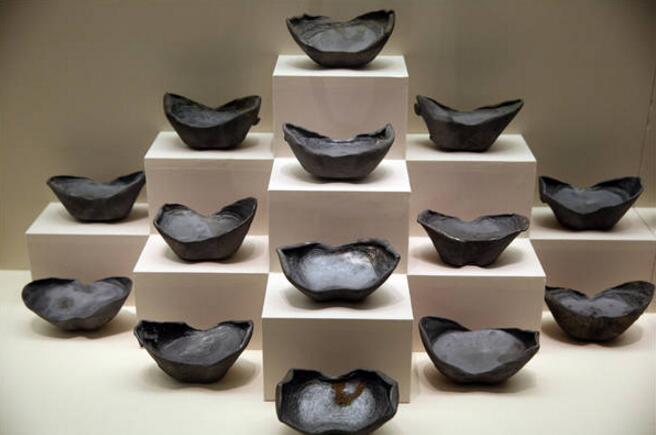
The ongoing exhibition, Sunken Treasures in Jiangkou Battlefield, at the National Museum of China, features a selection of artifacts excavated from the Minjiang River in Sichuan province that are believed to be the site where 17th-century peasant-uprising leader Zhang Xianzhong abandoned treasures while losing the war. [Photo by Jiang Dong/China Daily]
The stamp's impression reads "yongchang dayuanshuai yin" (seal of the general of long prosperity). It confirms Zhang's self-proclaimed title a year before he established the short-lived Great Xi dynasty in Chengdu in 1644. He later abandoned the title and proclaimed himself king.
The dynasty lasted just four years. Zhang was later killed by Manchu armies of the Qing empire.
The stamp has been designated a first-class cultural relic of the State and is currently on show at the Sunken Treasures exhibition.
It was not until a month after they started digging that archaeologists began to make significant headway. Among the hundreds of objects they unearthed were a handful of gold and silver ingots and coins bearing Zhang's insignia, as well as a gold-embossed certificate from Zhang conferring titles on his concubines. These objects are also on display at the National Museum.
According to Gao, the conditions for such a large-scale excavation in Minjiang improved in 2017, not just because new technology was available but also because of the falling water levels.
He says climate change has caused a drop in rainfall in the area, which has affected the water levels in several of the Sichuan cities it passes through, including the provincial capital, Chengdu. And since the river has become a major source of water and sand for the region's increasing urban population and construction industry, this has also had an impact on the water levels-providing archaeologists with easier access to the treasures that lie below.
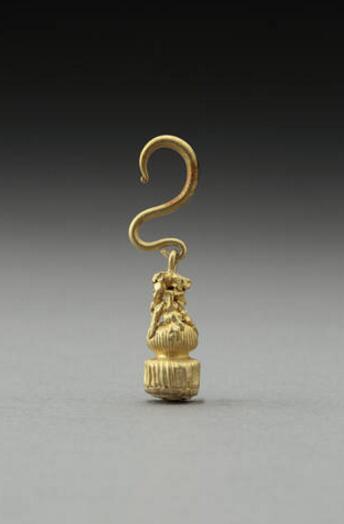
The ongoing exhibition, Sunken Treasures in Jiangkou Battlefield, at the National Museum of China, features a selection of artifacts excavated from the Minjiang River in Sichuan province that are believed to be the site where 17th-century peasant-uprising leader Zhang Xianzhong abandoned treasures while losing the war. [Photo by Jiang Dong/China Daily]
Besides the ingots and coins that reflect the economic situation of the late Ming era, the exhibition also has dozens of elegantly crafted gold and silver ornaments and jewelry on show.
Gao says these objects offer the audience a glimpse into the simple, refined lifestyle of the Ming Dynasty's upper classes. "They may look less sophisticated than the Qingperiod objects. But people will find in them an enduring, classic charm."
Gao adds that there may be more of Zhang's sunken treasure under the stones and sand at the bottom of the Minjiang.
Zhang, who hailed from Shaanxi province, assembled a powerful peasant army. His troops raided many developing towns and cities in provinces including Hunan and Hubei before reaching Sichuan. They robbed dignitaries along the way-including the wealthy governing princes in these prosperous places-enabling Zhang to amass an "immeasurable" fortune, according to Zhou Yuanlian, a senior expert in Qing history.
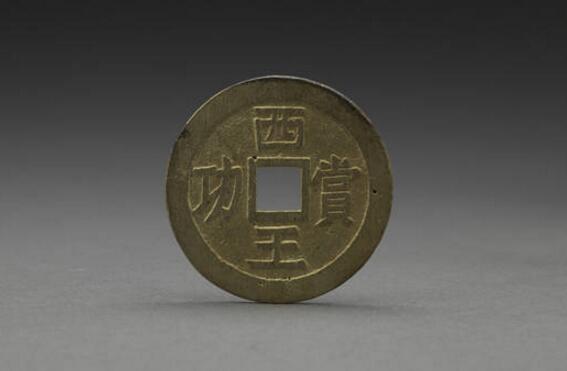
The ongoing exhibition, Sunken Treasures in Jiangkou Battlefield, at the National Museum of China, features a selection of artifacts excavated from the Minjiang River in Sichuan province that are believed to be the site where 17th-century peasant-uprising leader Zhang Xianzhong abandoned treasures while losing the war. [Photo by Jiang Dong/China Daily]
When Zhang felt his grip over Sichuan slipping in 1646, he loaded up dozens of boats with his collection of valuables and withdrew from Chengdu. His fleet sailed across Jiangkou when they were caught in an ambush set by Yang Zhan, a general who was still loyal to the overthrown Ming court. The treasure boats he ordered to be scuttled now lie deep underwater in a fast-flowing section of the river.
"All together Zhang made five attempts at conquering Sichuan," Gao says.
"He succeeded in the last attempt to declare himself a king. Also it was at that point his failure was inevitable."

